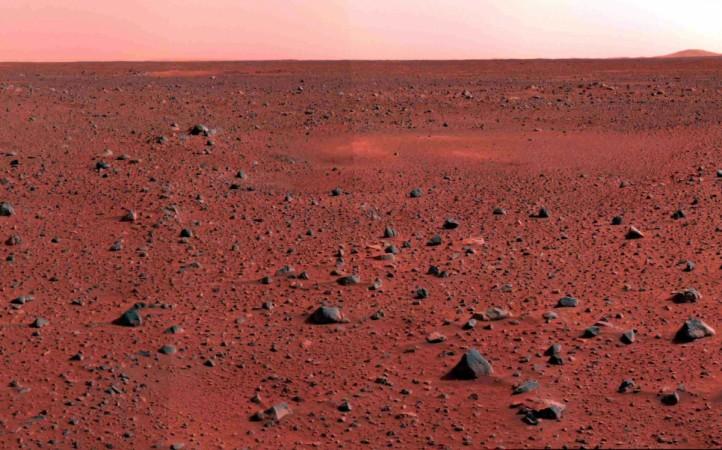
NASA's Curiosity rover has discovered that Mars has liquid water just below its surface.
While the red planet was hitherto considered to be too cold to host water in its liquid form, the rover has discovered that the salts present in Martian soil lower the temperature below the freezing point of water.
The findings were published in the Nature Geoscience journal on Monday, making it the first evidence ever of liquid water on Mars.
The report says that water can be formed under Mars' surface when the salts in the soil absorb water vapour from the planet's atmosphere.
The fact that the rover found evidence that liquid water can exist in the Gale Crater, where there is lesser water vapour compared to higher altitudes on the planet, makes the finding almost certain that liquid water exists on the planet.
The sighting of dark streaks on the Martian surface had earlier been assumed to be from running water, though there was no proof.
"It's speculation at this point... but these observations at least support or go in this direction," Javier Martin-Torres, a co-investigator on the Curiosity mission told BBC.
While Curiosity's mission has shown that water did exist on Mars a long time ago, the latest discovery shows that liquid water exists on the planet at present, lending further boost to attempts at colonizing Mars.
Hitherto, findings have shown that water bodies existed on the planet millions of years ago.
Last December, the Curiosity rover had found evidence that a large lake once existed at the bottom of an enormous crater for millions of years.
However, despite the presence of liquid water, Mars may still be inhospitable due to other factors, such as extremely cold conditions, scientists believe.















